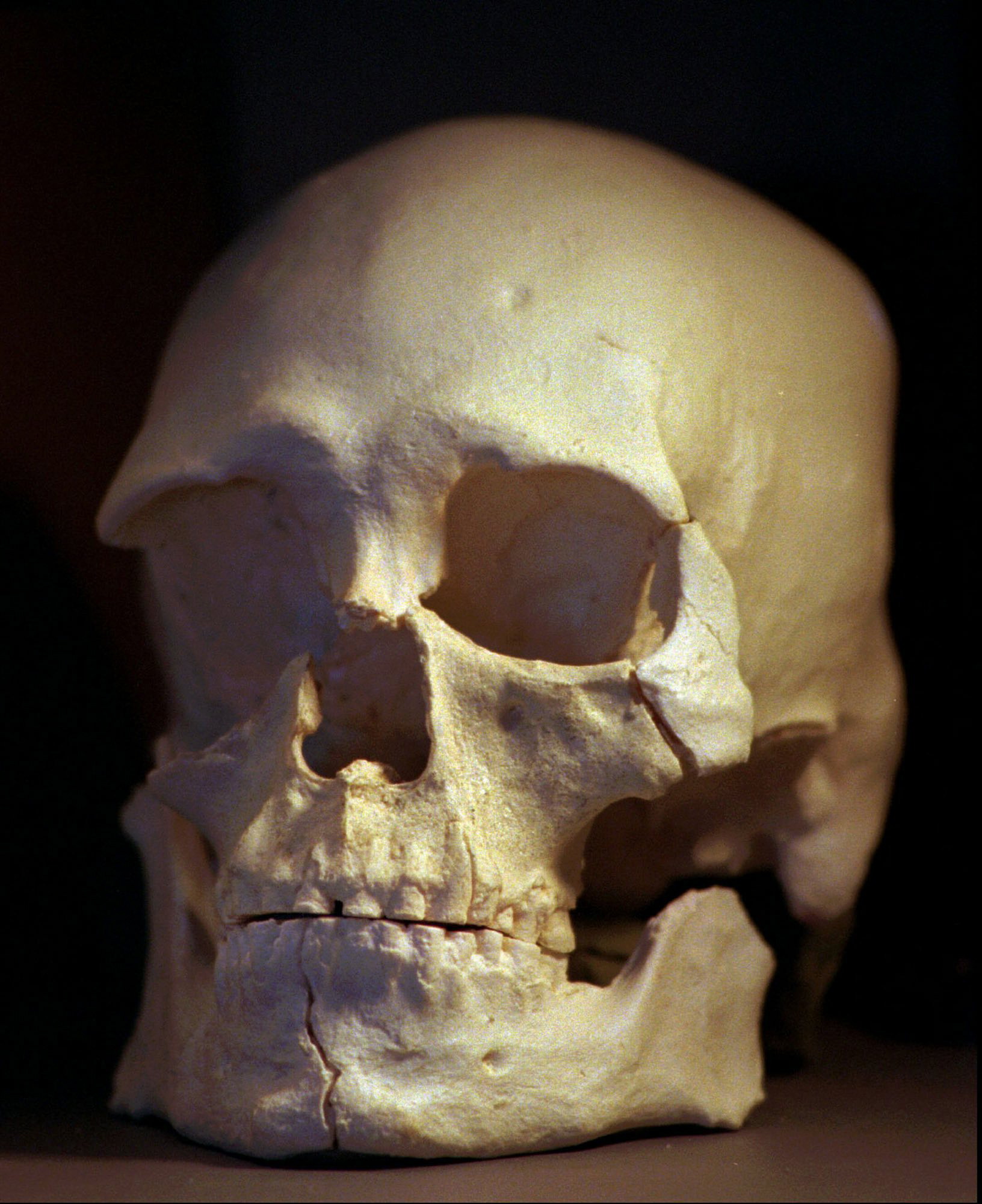SEATTLE — The long-running detective saga involving one of North America’s earliest inhabitants has taken a new twist, with the discovery that Kennewick Man — the shockingly intact 9,300-year-old skeleton unearthed in 1996 on the banks of the Columbia River — probably was a visitor to central Washington, not a longtime resident.
More likely, Smithsonian Institution anthropologist Douglas Owsley announced in a pair of lectures last week in Washington state, he came from the coast, not the arid inland valley where his remains were found.
The conclusion is important in the quest to understand where the now-famous Paleoamerican came from and who his descendants might be. The ancient bones were the subject of a decade-long court fight over whether central Washington Native American tribes had claim to the remains for reburial.
“I felt it was important to have a meeting with the tribes of the Columbia Basin that are especially interested — it’s their homeland territory, and they feel very deep connections and roots. I felt it of vital importance that I have a face-to-face meeting and give them an overview as to what the scientific evidence was telling us,” Owsley said of his meeting last week with tribal leaders from the Columbia Plateau region.
Owsley, with science writer Sally Walker, has published a new book for teens, “Their Skeletons Speak: Kennewick Man and the Paleoamerican World,” in which he describes the painstaking process through which scientists have come to understand the mysterious man found by two youths watching a boat race.
Through carbon dating and other means, analysts relatively quickly determined that the skeleton was not that of a recent murder victim but an ancient clue to how human civilization arrived in North America.
Kennewick Man was 5 feet 6 to 5 feet 7 inches, weighed 154 to 165 pounds, and had strong, powerful legs, as would someone who moved quickly in water to spear fish or hunt small animals, Owsley says in the book.
His had not been an easy life. He had a depression in his skull above the left eye, where he must have fallen or been struck by a rock; he had a healed fracture of his right shoulder; he had a shoulder injury, most likely from repeated spear throwing, identical to the kind of injury baseball pitchers often suffer; and there was evidence of a terrible spear wound to his right hip, probably suffered when he was 15 to 20 years old.
“During the days immediately following the injury, Kennewick Man could barely stand. Shock and pain left him weak. He needed care and help. Without the aid of others, he would have died,” Owsley and Walker wrote.
That aid also seems evident later on in his life. The fact that he appeared to have been laid horizontally in the sand next to the river, his arms quietly at his sides, suggests he was placed there carefully by human hands.
The big news now, though, is that Kennewick Man — such a huge subject of contention in the inland Columbia Valley — didn’t come from there at all, but rather, most likely, the coast.
To try to figure this out, scientists determined a nitrogen isotope value for the bones, which suggested that his diet was not high in grazing animals such as deer and elk, but much more likely based on marine mammals such as seals, which feed on fish, Owsley said.
Further, separate measurements of oxygen isotopes did not suggest he had consumed much water from the Columbia River — another clue.
The new book goes on to document how scientists reached the conclusion from Kennewick Man’s skull size and shape that he was not directly related to modern-day Native Americans. He was most similar to the Moriori, a Polynesian people in the Chatham Islands, near New Zealand. He is also like the Moriori’s ancestors, the Ainu, who lived in coastal areas of mainland Asia 15,000 years ago.
“Did they leave their homeland when people from central Asia migrated to the coast?” Owsley and Walker ask. “Over many generations, had they paddled to new homes, some traveling south toward New Zealand, while others coast-hopped in boats northward and finally east to North America? Their skulls and those of the earliest Paleoamericans seem to support this.”



